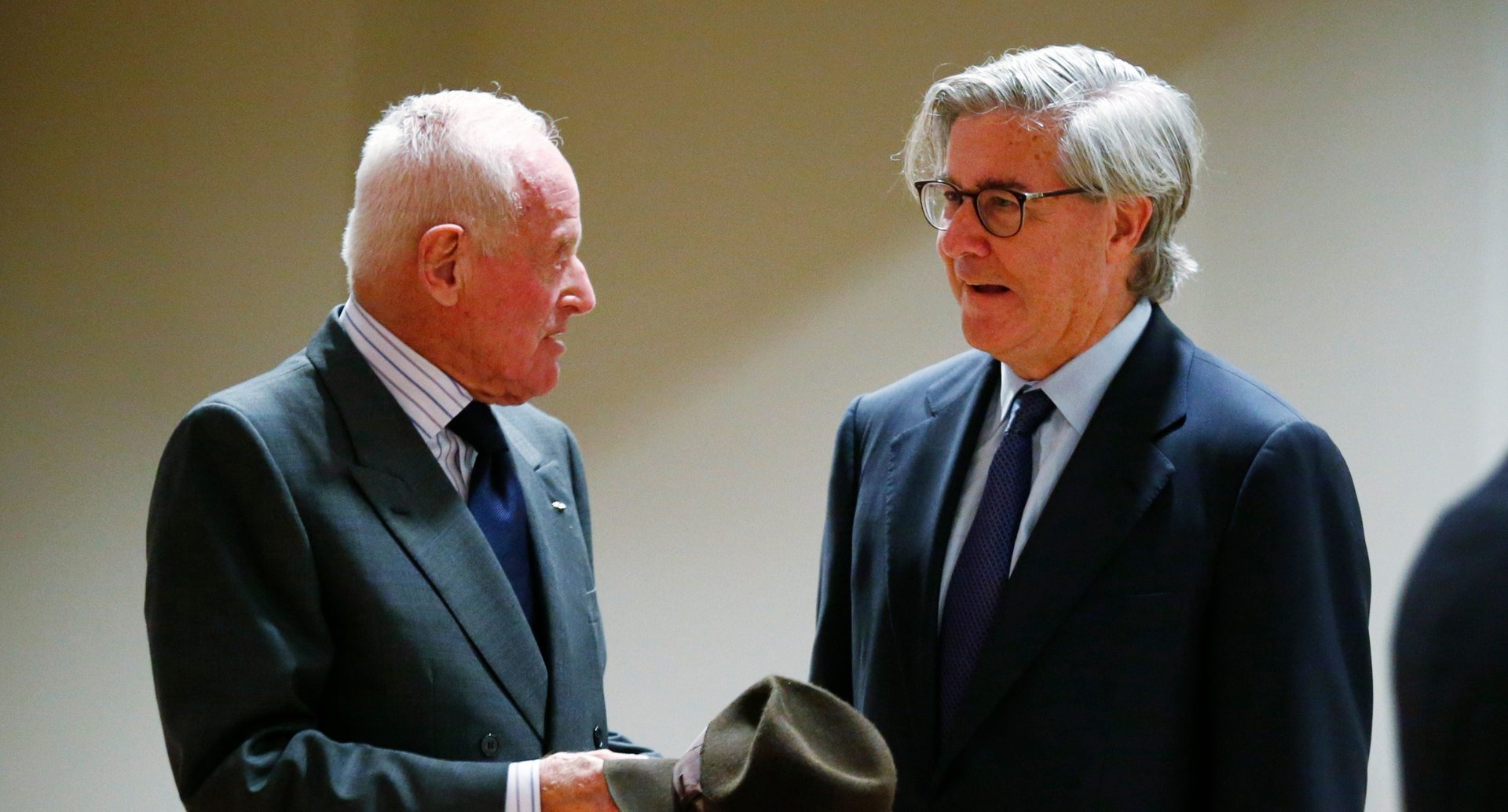The type of diversity boardrooms prize most is age—and they can’t even manage that
Companies know by now that diversity in the boardroom leads to better decision making, and a business that’s more in touch with all of its potential customers. As a result, companies are charging headhunters with identifying women and people of color as potential board candidates.


Companies know by now that diversity in the boardroom leads to better decision making, and a business that’s more in touch with all of its potential customers. As a result, companies are charging headhunters with identifying women and people of color as potential board candidates.
Progress on those fronts has been achingly slow. Even more perplexing, boards are also failing to get any younger, despite the value they see in having board members of varying ages.
According to a new report from PwC, corporate directors say age is an even bigger factor than race or gender in achieving diversity of thought in the boardroom—90% called it important or very important. Yet boards of the biggest US companies are actually getting older. The average age of an S&P 500 independent director is now 63, up from 61 in 2007, and there are more board members (558 of them) who are over 75 and than 50 or younger (315).
In all, just 6% of S&P 500 directors are 50 or younger, and most of them are between 45 and 50.
The age skew is particularly puzzling because boards are well aware of the challenges they face preparing their companies for a digital future. In a separate survey (pdf) by JWC Partners, corporate directors agreed that technology, cyber security and digital disruption will become the single most important topic for board members in the future. While not every potential director under 50 is technologically savvy, it’s reasonable to assume a board looking to add digital expertise might want to look to an executive whose career has been spent mainly in the internet era.
Younger directors add diversity in other ways, too: As a group, they’re more likely to be female (31%) than the population of corporate directors as a whole (22%).
One reason for the aging of boards? The fear of activist investors, which is making boards more conservative and less likely to take chances on someone perceived as unproven.
One way to ensure younger directors is to appoint a younger CEO. According to PwC, a company with a CEO who is 50 or younger is twice as likely to have an independent board member 50 or under than a company with a CEO who is 51 or older.